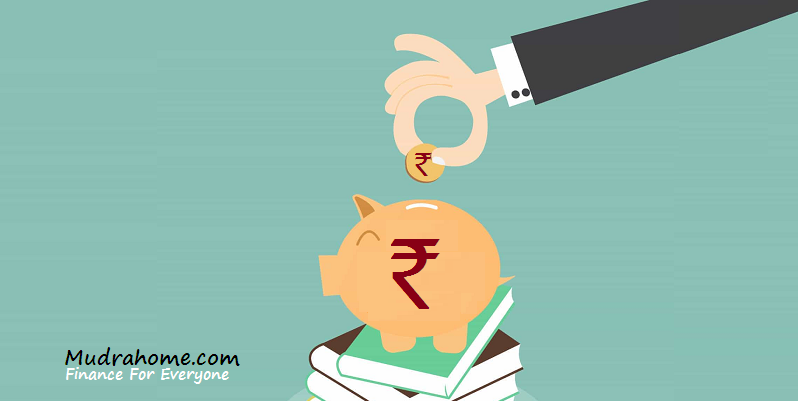
The act of paying back the borrowed money to the lender is known as Repayment. Repayment is usually done in the form of periodic payments and each payment goes in favor of principal plus interest. Default in the repayments of the loan during the tenure due to any reason can cause an adverse effect on the credit score. Borrower must explore different options available like earning additional income, negotiating with the lenders or refinancing before making any defaults in the repayment. Various ways can be found to manage the loans effectively. Homeowners can opt for multiple options to avoid foreclosure and make the repayments responsibly.
A borrower with an adjustable-rate of interest can opt to refinance the loan with a fixed rate of interest and a lower interest rate. If non-repayment is a temporary problem then it can be sorted by paying the past due amount along with the late fee and the penalties. If the loan is easily tolerated then a clear conversation with the Bank/ NBFC can reduce or suspend the payments for some time and after some time, regular payments can be resumed with the lump-sum payment or partial payment can be made to bring the loan current. With few changes in the loan, the contract can make it more manageable. Modifications like change in interest rate, extended loan term or adding more amount to the missed payments can also reduce the borrowed amount of money by forgiving a portion of the loan. In last, to avoid bankruptcy selling off the property is the best option to pay off the loan.
Payment system is a financial system that supports the transfer of funds from payers to payees. The exchange of these debit and credits are done through financial institutions. These financial system works on a paper-based mechanism to handle cheque and drafts whereas a paperless mechanism to handle electronic transactions. This electronic mode of payment is gaining popularity due to the efforts of Reserve Bank of India to popularize the electronic payment products in preference to paper-based modes like drafts or cheques.
Though, it does not make any difference in choosing any kind of repayment mode. The mode of repayment affects the interest expenses during the loan period. For the user’s convenience following are modes of repayment of the loan:
ECS (Electronic Clearance System): It’s an electronic mode used to transfer the funds from one bank to another. Financial institutions use this mode to make payments such as dividends, salaries, pension, etc. It can also be used to pay for bills of telephone, electricity, water etc. Equal monthly installments of loans and SIP investments are also done through ECS mode. This is used for both debit and credit purposes. It facilitates the customer’s account to be debited on a particular date and is available in all major cities. This in turn highly reduces the use of paper instruments and improves process efficiency and customer satisfaction. There is no restriction on any amount of payment.
NACH (National Automated Clearing House): over the years, payment system has evolved a lot. NACH is a program offered by National Payment Corporation of India (NPCI) to Banks, Financial Institutions and Corporate & Government Services. NACH aims at Repetitive interbank whether high or low volume debit/ credit transactions. This process allows transactions to be processed in real-time mode. NACH is expanded on a National platform that includes more than 82000 bank branches. This centralized payment system is expected to consolidate the multiple ECS systems and help to remove the local barriers.
PDC (Post Dated Cheque): PDC’s are given by the payers for a future date. These PDC’s can either be cashed or deposited on the date mentioned on the cheque. It is common and works as a bill of exchange and cannot be payable or demanded before the date written on the cheque. Such PDC’s can be stopped by the payer or the Bank causing problems for the one who has to receive the payment by the same. In reverse, the payer can also stop the payment in case of the non-receiving of the goods.
Standing Instruction / Debit Mandate: standing order or standing instruction is an instruction that an account holder gives to his or her bank to pay a set amount to another bank / account at a regular interval. This instruction is sometimes also known as Debit Mandate or Banker’s Order. This facility is used to pay mortgage, rent or any other fixed payments because it is usually not suitable to pay for variable bill amount.
The first step is to contact your Bank/ NBFC whenever you realize that you will be facing any troubles to keep your repayments up to date in the near future. India is transforming towards digital way of financial transactions.
